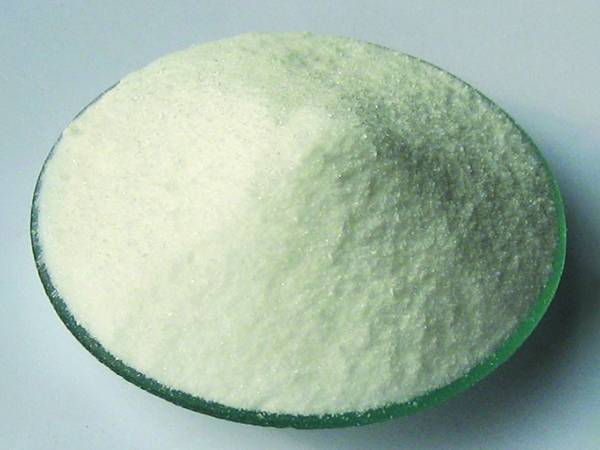



polyacrylamide production
The Production of Polyacrylamide Processes, Applications, and Environmental Considerations
Polyacrylamide (PAM) is a versatile synthetic polymer primarily used in a variety of industrial applications, including water treatment, soil stabilisation, and enhanced oil recovery. Its production involves the polymerization of acrylamide monomers, resulting in a polymer that can be tailored for specific functions based on its molecular weight and the presence of various additives. This article explores the production processes of polyacrylamide, its applications, and the environmental considerations associated with its usage.
Production Processes of Polyacrylamide
The production of polyacrylamide typically occurs through either a solution polymerization or a dispersion polymerization method. In solution polymerization, acrylamide monomers are dissolved in water, and a catalyst, often an initiator such as potassium persulfate, is added to initiate the polymerization reaction. This process is performed under controlled temperatures to ensure high yields and desired molecular weights.
In dispersion polymerization, acrylamide is emulsified in a liquid medium, allowing for the production of polyacrylamide beads as opposed to a continuous liquid form. This method is advantageous for creating products that can be used in various applications, particularly in oil and gas extraction, where granular forms of PAM help in improving fluid mechanics.
The reaction conditions—such as temperature, concentration of acrylamide, and the presence of other monomers—can greatly influence the properties of the resulting polyacrylamide. These factors allow for the production of various forms, including anionic, cationic, and nonionic PAM grades, each suited for different applications depending on their charge affinity and molecular weight.
Applications of Polyacrylamide
Polyacrylamide is widely utilized in multiple sectors due to its unique properties, such as high water retention, ability to form gels, and high viscosity in solution. One of its major applications is in water treatment, where PAM is used as a flocculant. It helps in aggregating suspended particles, making it easier to remove them from water, thus improving the quality of drinking water and wastewater.
polyacrylamide production

In agriculture, polyacrylamide is employed as a soil conditioner. It enhances water retention in sandy soils, reduces soil erosion, and improves the overall structure of soil, fostering better plant growth. Moreover, it is particularly beneficial in arid regions where water conservation is critical.
In the oil and gas industry, polyacrylamide aids in enhanced oil recovery by increasing the viscosity of the water injected into oil reservoirs, thereby improving the extraction rate. It is also used in the fracturing process to stabilize fractures and improve the flow of hydrocarbons.
Environmental Considerations
Despite the numerous benefits that polyacrylamide offers, there are environmental concerns that must be addressed. The primary issue arises from the fact that acrylamide is a neurotoxin and potential carcinogen, raising concerns about its handling during production and subsequent use. Inadequate management of polyacrylamide and its by-products can lead to contamination of water sources, posing risks to both human health and ecosystems.
There have been efforts within the industry to mitigate these risks by focusing on the development of low-toxicity grades and biodegradable alternatives. Furthermore, regulations governing the use of acrylamide in various applications are becoming stricter, pushing manufacturers towards more sustainable practices.
Conclusion
The production of polyacrylamide is a complex process that reflects the adaptability and innovations in polymer chemistry. Its wide range of applications showcases its importance in modern industries, particularly in water treatment and agriculture. However, it is crucial to address the environmental and health risks associated with its use. As the demand for sustainable practices grows, industries need to invest in research and development to create safer, more eco-friendly polymer solutions while continuing to benefit from the unique properties that polyacrylamide provides.
-
Why Sodium Persulfate Is Everywhere NowNewsJul.07,2025
-
Why Polyacrylamide Is in High DemandNewsJul.07,2025
-
Understanding Paint Chemicals and Their ApplicationsNewsJul.07,2025
-
Smart Use Of Mining ChemicalsNewsJul.07,2025
-
Practical Uses of Potassium MonopersulfateNewsJul.07,2025
-
Agrochemicals In Real FarmingNewsJul.07,2025
-
Sodium Chlorite Hot UsesNewsJul.01,2025










